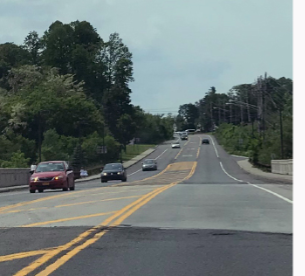

The Route 59 Area Transportation & Land Use Study (the study) identified and evaluated transportation and development issues and future improvement recommendations in the 4.5-mile stretch of Route 59 that runs from Airmont Road in the Village of Airmont east through the hamlet of Monsey and Town of Ramapo to South Pascack Road in the Village of Spring Valley. The distinct mixture of land uses, number of lanes, and congestion along the corridor differentiated the study area from segments east and west. The study utilized a variety of methods to engage in two-way communication with stakeholders and interested public, including four formal community planning workshops, targeted meetings, pop-up sessions at community events, and one-on-one sessions. These outreach sessions gathered public input on existing conditions, gaps and needs pertaining to transportation modes, and alternative transportation and land-use improvement scenarios that address these issues. Route 59 is the only east-west arterial roadway serving southern Rockland County from Suffern in the west to Nyack in the east. The communities adjacent to Route 59 are some of the fastest growing in Rockland County. Residential and commercial development along Route 59 has placed growing stress on Route 59 as is evidenced by regular congestion, especially within segments that pass through hamlets and villages that have traditionally served as community economic centers. As growth in both population and development in the area have greatly increased, so have rush hour travel and congestion, creating a need to plan for the long-term future of the road.